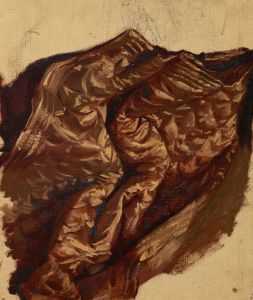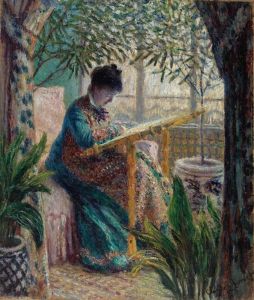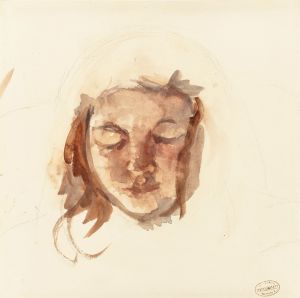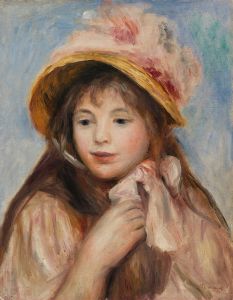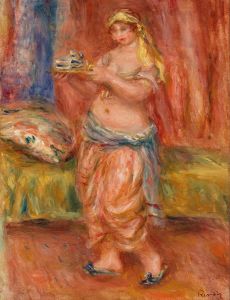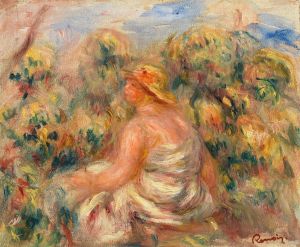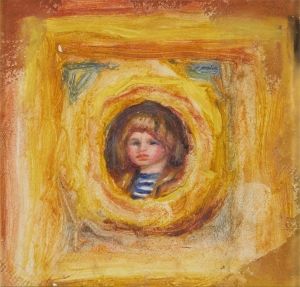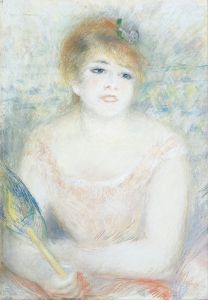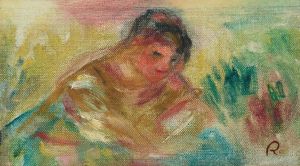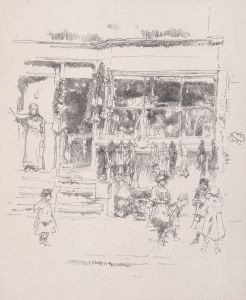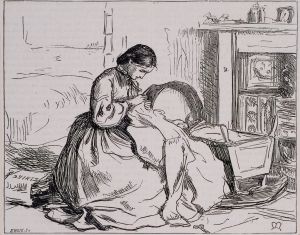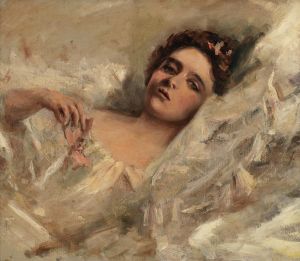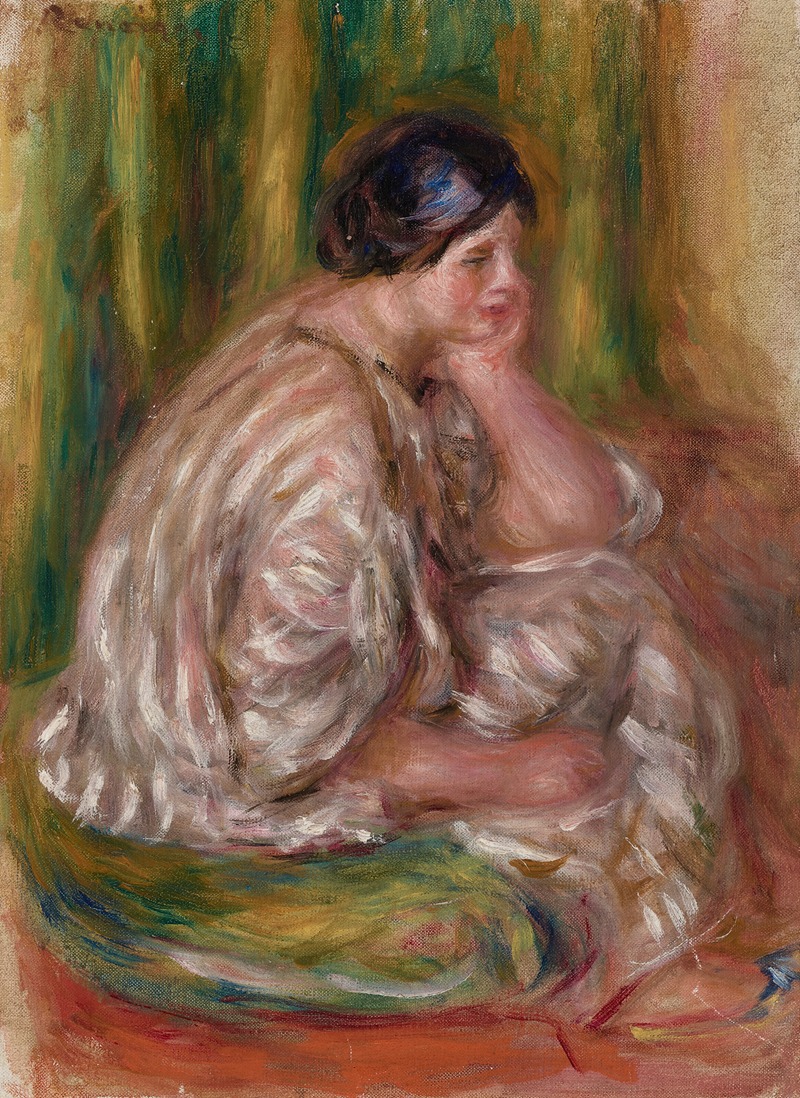
Femme en costume oriental
A hand-painted replica of Pierre-Auguste Renoir’s masterpiece Femme en costume oriental, meticulously crafted by professional artists to capture the true essence of the original. Each piece is created with museum-quality canvas and rare mineral pigments, carefully painted by experienced artists with delicate brushstrokes and rich, layered colors to perfectly recreate the texture of the original artwork. Unlike machine-printed reproductions, this hand-painted version brings the painting to life, infused with the artist’s emotions and skill in every stroke. Whether for personal collection or home decoration, it instantly elevates the artistic atmosphere of any space.
Pierre-Auguste Renoir's "Femme en costume oriental" is a captivating example of the artist's exploration of exotic themes and his fascination with the Orient, a trend that was prevalent among many European artists in the 19th century. Renoir, a leading figure in the Impressionist movement, is renowned for his vibrant light and saturated color, and this painting is no exception.
Created in 1875, "Femme en costume oriental" reflects the Orientalist movement, which was characterized by the depiction of Eastern cultures through a Western lens. This movement was inspired by the increased interaction between Europe and the Middle East, North Africa, and Asia during the 19th century, largely due to colonial expansion and the opening of new trade routes. Artists like Renoir were intrigued by the rich textures, vivid colors, and intricate patterns of Eastern attire, which offered a stark contrast to Western fashion of the time.
In "Femme en costume oriental," Renoir portrays a woman adorned in a richly decorated costume, complete with elaborate fabrics and vibrant hues. The painting captures the allure and mystery that Western audiences associated with the East. Renoir's brushwork is fluid and expressive, capturing the play of light on the luxurious textiles and the delicate features of the woman's face. The use of color is particularly striking, with deep reds, blues, and golds creating a sense of opulence and warmth.
Renoir's interest in Orientalism was part of a broader trend among his contemporaries, including artists like Eugène Delacroix and Jean-Léon Gérôme, who also explored similar themes. However, unlike some of his peers who traveled to the East for inspiration, Renoir's Orientalist works were largely imagined, drawing from the costumes and artifacts that were available in Paris at the time. This approach allowed him to infuse his works with a sense of fantasy and romanticism, rather than striving for ethnographic accuracy.
The model for "Femme en costume oriental" is not definitively identified, but Renoir often used his friends and family as subjects for his paintings. The anonymity of the model adds to the enigmatic quality of the work, inviting viewers to focus on the aesthetic and emotional impact of the painting rather than the identity of the sitter.
"Femme en costume oriental" is a testament to Renoir's skill in capturing the beauty and complexity of the human form, as well as his ability to convey the allure of the exotic through his masterful use of color and light. The painting is a reflection of the 19th-century European fascination with the Orient, a fascination that was as much about the imagination and fantasy as it was about the reality of Eastern cultures.
Today, "Femme en costume oriental" is appreciated not only for its artistic merit but also for its place within the broader context of Orientalism and its impact on Western art. Renoir's work continues to be celebrated for its beauty and its ability to evoke a sense of wonder and curiosity about the world beyond the familiar.





